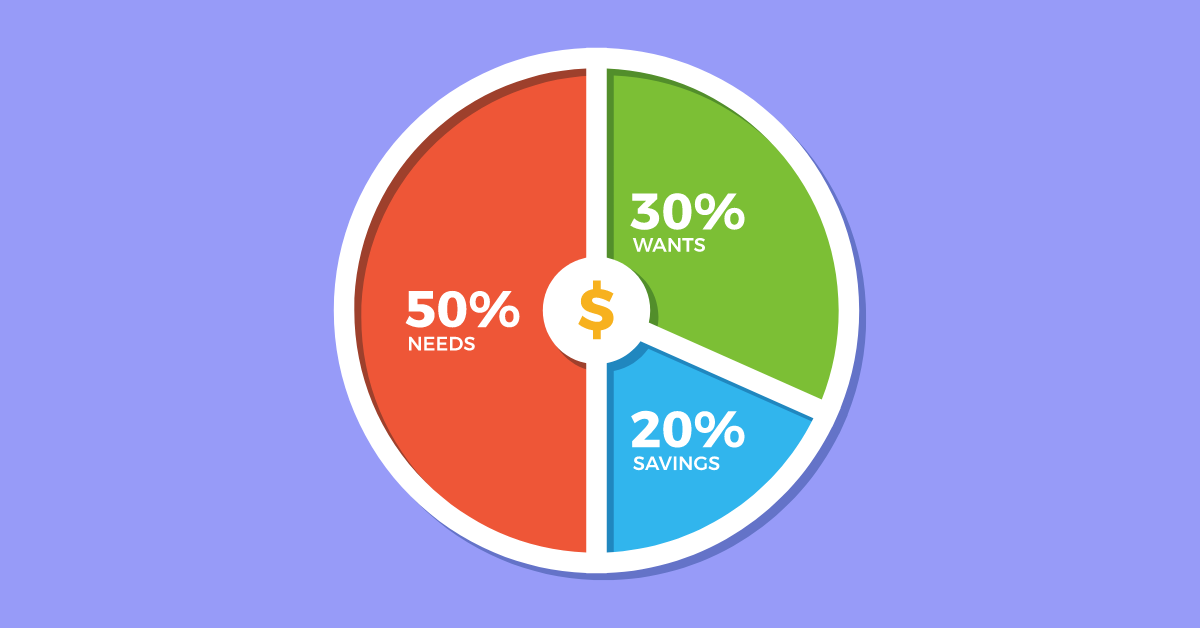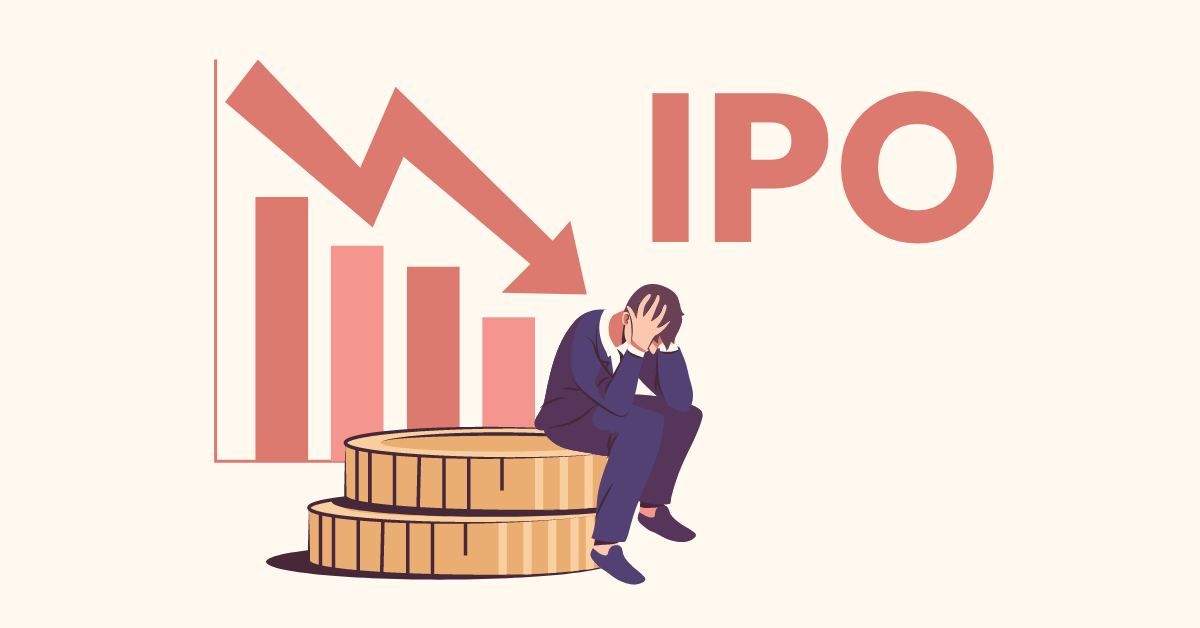Active and passive investment strategies both cater to different classes of investors. Those who know the stock market and want to outperform the benchmark prefer an active investment strategy.
Duplicating the benchmark performance is sufficient for passive investors to ensure long-term optimized returns.
According to the Finity Passive Investing Report 2021, passive assets in India would surpass 25 trillion in AUM by 2025, up from ₹ 4.72 trillion in December 2021.
So, should you invest in passively managed funds or actively managed funds?
We have covered key differences between active vs. passive investing, and the pros and cons of investing under both strategies.
What is Active Investment?
Active investing is buying and holding actively managed funds or equities, in order to generate the best possible returns. You can employ numerous investment techniques to understand when to enter and exit the market, to maximize the returns.
The risk component in active investing is pretty significant, and thus you must exercise caution while investing in them. In India, such funds typically outperform the indexes and can be found in equity funds, hybrid funds, debt funds, or a portfolio of such funds.
Discover stocks that suit certain filter criteria and dive into details to check their WealthBaskets.
Pros and Cons of Active Investing
Pros of Active Investment
- You want to control your investments and want freedom in making decisions to pick stocks of companies.
- You want to study the market independently and use your expertise through active trading.
- You want to buy securities of only those companies you desire to invest in.
- You do not want to pay fees to the fund manager for managing your funds because you want to manage them yourself.
Cons of Active Investment
- You want to optimize your returns.
- You are not an expert investor and wish to consult an expert.
- You are looking for cheaper options.
- You want diversification to minimize the risks.
Active Stock Market Investment Strategy
Active investing is a type of investment technique in which the investor buys and sells securities on his own. Active investors purchase securities and constantly watch their activity to capitalize on profitable opportunities.
For example, when you purchase units of a mutual fund, the fund manager will target to provide better returns than the benchmark index.
Active investing entails much work in comparison to passive investing. While passive investors invest in a stock because they believe in its long-term growth potential, active investors frequently monitor the price changes of their equities several times every day. Active investors are typically looking for near-term gains (in comparison to passive investors).
Now that we have covered the active investment strategy, let us understand what passive investing is.
What is Passive Investing?
Passive investing is a “buy-and-hold” technique in which the investor avoids additional risks, by investing as per the index that the passive fund tracks. Typically, these investments are assets with moderate turnover, diversification, and well-defined investment horizons.
Tolerant to actively managed funds, there is no pressure to outperform the market and create higher returns. Passive investing in the stock market is a less hazardous approach to support.
Passive investing returns replicate the underlying index, asset, or security performance that the fund tracks. Passive investments include Exchange Traded Funds (ETFs) and Index Funds.
Pros and Cons of Passive Investment
Investors carry out passive investing in stocks, indices, and nearly any other financial market instrument. The most frequent method of passive investment is index investing. Investors invest in a market benchmark or index, such as the Bank Nifty, and hold the position for an extended period.
Pros of Passive Investing
You should choose passive investing if –
- You plan to implement a buy-and-hold strategy for the long-term investment.
- You want to compare your passive portfolio with index funds.
- You are a beginner and looking for cost-effective investment instruments.
- You want to minimize the risks and optimize the returns by diversifying investments across sectors.
- You have little or no knowledge about the market and want an expert to help you, in return for a fee.
Cons of Passive Investing
You should not choose passive investing if –
- You want to control which companies stocks you wish to invest in.
- You do not want to pay fees to the fund manager to manage your funds.
- You have expertise in stock market trading/investing and want to control your investments your way.
Passive Stock Market Investment Strategy
A purchase and hold strategy recommends buying and holding index stocks for an extended period to accumulate wealth. Active mutual funds strive to outperform the index against their benchmark. Passive investment prediction assumes that a market operates efficiently and produces long-term profits.
Index funds or exchange-traded funds are helpful to implement the buy-and-hold strategy, and both replicate the exact composition of the index on which they depend. A Nifty Index ETF will hold all equities equally as the Nifty 50 index.
Now, let us deep-dive into the key differences between active and passive investing.
Active vs Passive Investing: Key Differences
Active funds invest in companies depending on their research and the opinions of the fund managers. Passive funds track the indices set by the NSE or BSE and do not have active fund managers.
Although that is the primary difference between active and passive investment management, more differences are mentioned:
-
Investment Strategy
An active portfolio manager buys and sells stocks to exceed a specified index, such as the NSE or BSE Index. But a passive portfolio is often designed to closely track the returns of a specific market index or benchmark.
For instance, in an ETF index, the ETF fund invests in all company stocks forming part of an index, such as Nifty 50.
-
Management of the Fund
An actively managed investment fund is managed by an individual portfolio manager, co-managers, or a team of managers who make investment choices for the fund.
The fund’s success is dependent on extensive research, market forecasts, and the management team’s competence.
But a passive approach is managed by a fund manager that targets to replicate the index performance. Hence, he is not actively involved in buying or selling the securities.
-
Expense Ratio
Analysts and the research team assist the fund manager in conducting research and tracking the performance of the firms in which they hold investments. Because the employees involved in the process receive adequate compensation, fund management costs rise, resulting in comparatively higher expense ratios for actively managed funds.
As a result, the fund manager must earn better returns to justify the fund’s higher expense ratio. A passive strategy lacks an extensive management team where the fund manager will only duplicate the benchmark performance. Hence, investing in passive funds are relatively cheaper.
-
Portfolio Returns
Since active investments are riskier, they offer lucrative returns at times. In contrast, passive investments generally offer long-term optimized returns since they are well-diversified.
-
Buy-&-Sell Vs. Buy-&-Hold
Active investing is a hands-on technique involving frequent buy-sell choices that account for most information flow and price swings.
In contrast, passive investing includes researching, purchasing, and holding investments.
Conclusion
If your chief aim as an investor is to lower your fees and trading costs in general, an all-passive portfolio may be correct for you. Some investors are more concerned with risk, return, and liquidity than fees, and a balanced approach may benefit conservative and aggressive investors.
At WealthDesk, we can offer you a readymade WealthBasket consisting of stocks or ETFs reflecting an investment strategy or theme designed explicitly by the SEBI-approved investment professionals and make your investment journey hassle-free.
FAQs
Passive investing in India is gradually picking up pace. You can now invest in many passively managed funds in India, such as index ETFs, FOFs, gold, silver, sector ETFs, etc.
If you’re looking to invest for the long term, passive funds of all kinds almost always outperform. Over a 20 year period (in US market), index funds tracking companies of all sizes are known to beat their functional equivalents (active investments) by around 90%.
The total expense ratio (TER) for actively managed funds allowed by SEBI is 2.5% for the first Rs. 100 crore of average weekly total net assets, 2.25% for the following Rs. 300 crore, 2% for the next Rs. 300 crore, and 1.75% for the remaining AUM.


















